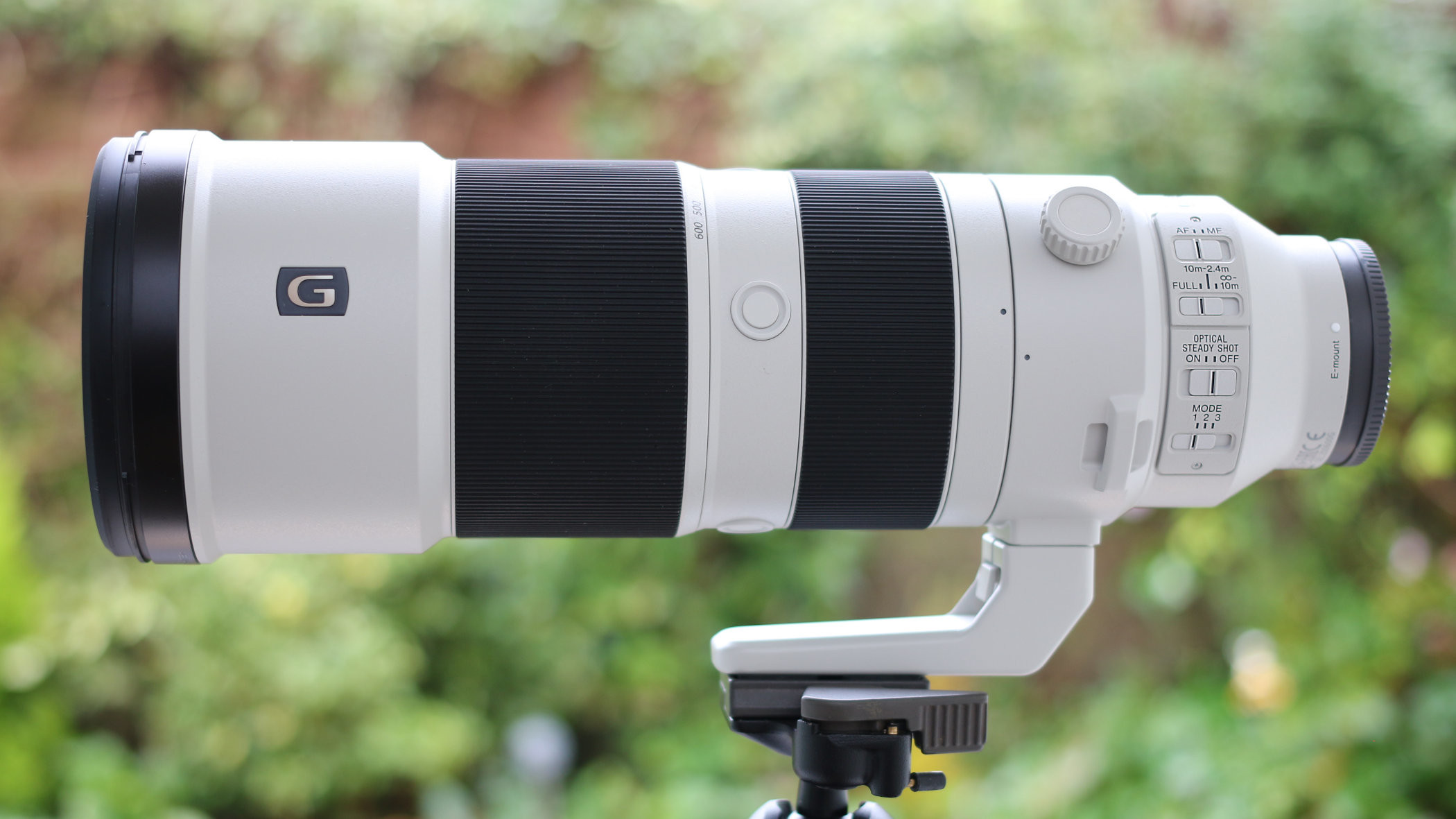Digital Camera World Verdict
When you’re shooting wildlife, birds, aircraft or sporting action and you can’t get as close as you might like, this lens really covers the distance. Designed for Sony’s full-frame E-mount cameras, it picks up the baton from the prestigious FE 100-400mm f/4.5-5.6 G Master OSS, extending the telephoto reach by 50 per cent, with virtually no compromise in all-round performance.
Pros
- +
Mighty telephoto reach
- +
Excellent build and image quality
- +
Effective triple-mode optical stabilizer
Cons
- -
Necessarily big and weighty
- -
Aperture narrows to f/6.3 at the long end
- -
Large 95mm filter thread
Why you can trust Digital Camera World
Tamron and Sigma make high-performance 150-600mm zooms for Canon and Nikon DSLRs. The Tamron is also available in Sony A-mount option, whereas Sigma’s MC-11 mount adaptor enables use of its 150-600mm Contemporary and Sports lenses on Sony E-mount bodies. This new lens from Sony is a more ideal fit, designed specifically for E-mount cameras.
Read more:
Hands on: Sony E 70-350mm f/4.5-6.3 G OSS review
Build & handling
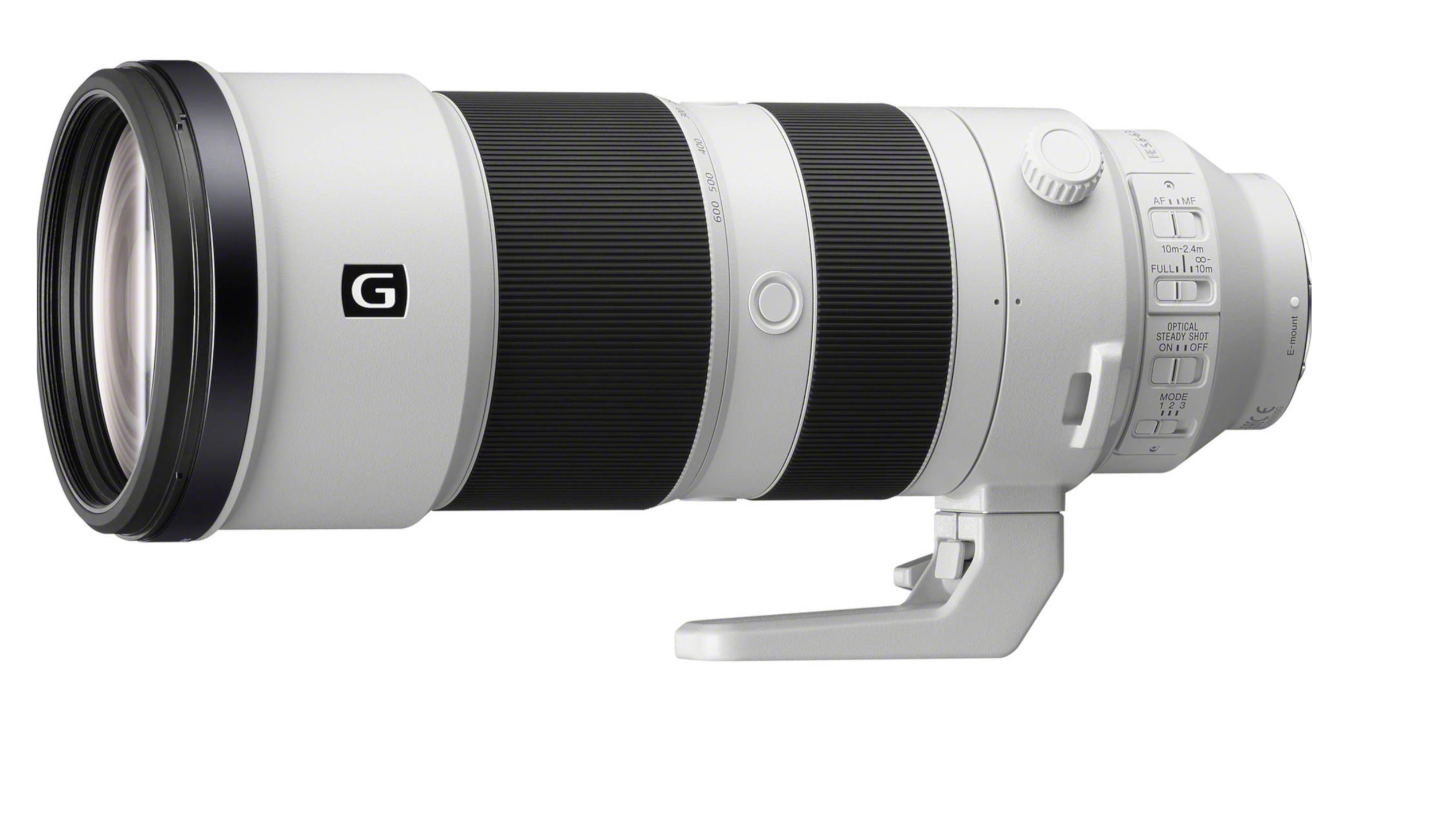
The FE-200-600mm gives mighty telephoto reach at the long end of its zoom range and, if that’s still not enough, it’s also compatible with Sony’s 1.4x and 2.0x teleconverters.
That said, the native f/6.3 aperture rating at the longest zoom setting is hardly fast, and the teleconverters slow it down to f/9 and f/13 respectively.
Autofocus still works but struggles under dull lighting. If you want to boost the range, you’re really better off mounting the lens on an A6xxx series APS-C body, which gives you an ‘effective’ 300-900mm zoom range.
The 200-600mm lens looks entirely like a supersized FE 100-400mm G Master zoom, and has a very similar control layout and feature set.
The smaller zoom measures 94x205mm and weighs in at 1,395g. The upscaled sibling is 112x318mm and 2,115g, so it’s just over 50 per cent longer and heavier.
The best camera deals, reviews, product advice, and unmissable photography news, direct to your inbox!
On the plus side, the inner barrel of the 100-400mm lens extends considerably at longer zoom settings, whereas the bigger lens has a fully internal zoom mechanism and therefore a fixed physical length.

Although the placement of switches and buttons is virtually identical in the two lenses, there are some added refinements in the 200-600mm. The autofocus range limiter has three rather than two positions, and can lock out both of the short and long sectors of the range, either side of ten meters.
The OSS (Optical Steady Shot) stabilizer also gains an additional switchable option. Like the 100-400mm, there are static and panning modes, but the new lens adds a third mode which only applies stabilization during actual exposures. This makes it easier to track erratically moving objects in the viewfinder, or on the rear screen.
Quality glass includes no less than five ED (Extra-low Dispersion) elements and one aspherical element. Nano AR coating is applied to reduce ghosting and flare, and there’s a fluorine coating on the front element to repel grease and moisture.
The lens also features an extensive set of weather-seals. As in the 100-400mm, a DDSSM (Direct Drive Super Sonic Motor) is fitted, with the aim of delivering fast and accurate autofocus.
Three focus hold buttons are positioned around the barrel between the focus and zoom rings, the operation of which can be customized to perform alternative functions, via the host camera’s menu system.
The zoom and focus rings themselves operate with smooth precision, and the zoom ring has a remarkably short travel which makes for speedy adjustments.

Performance
Sharpness and contrast are excellent and remarkably consistent, throughout the entire zoom range. Considering the relatively slow aperture rating and long focal lengths, sharpness and contrast need to be good when shooting wide-open, and the lens really excels in this respect. We wouldn’t normally talk about bokeh (the pictorial quality of defocused areas) for a lens with such a slow aperture rating but it’s actually very good.
You can get a really tight depth of field, especially at longer zoom settings, and the 11-blade diaphragm helps to maintain nice bokeh even when stopping down a little. Colour fringing is very minimal and there’s only minor pincushion distortion, throughout the zoom range.
Especially when shooting handheld or even with a monopod, effective stabilization is a key feature for any super-telephoto lens. In this case, the optical stabilizer is very good for both static and panning shots, and works well in conjunction with the five-axis in-body stabilizers of recent Sony cameras.
We found that we were able to get a good hit rate of sharp shots at 1/125th of a second, and a fair few keepers at 1/60th. Autofocus is super-fast and deadly accurate under decent lighting, although it can slow down considerably in very dull conditions.

Lab tests
Sharpness
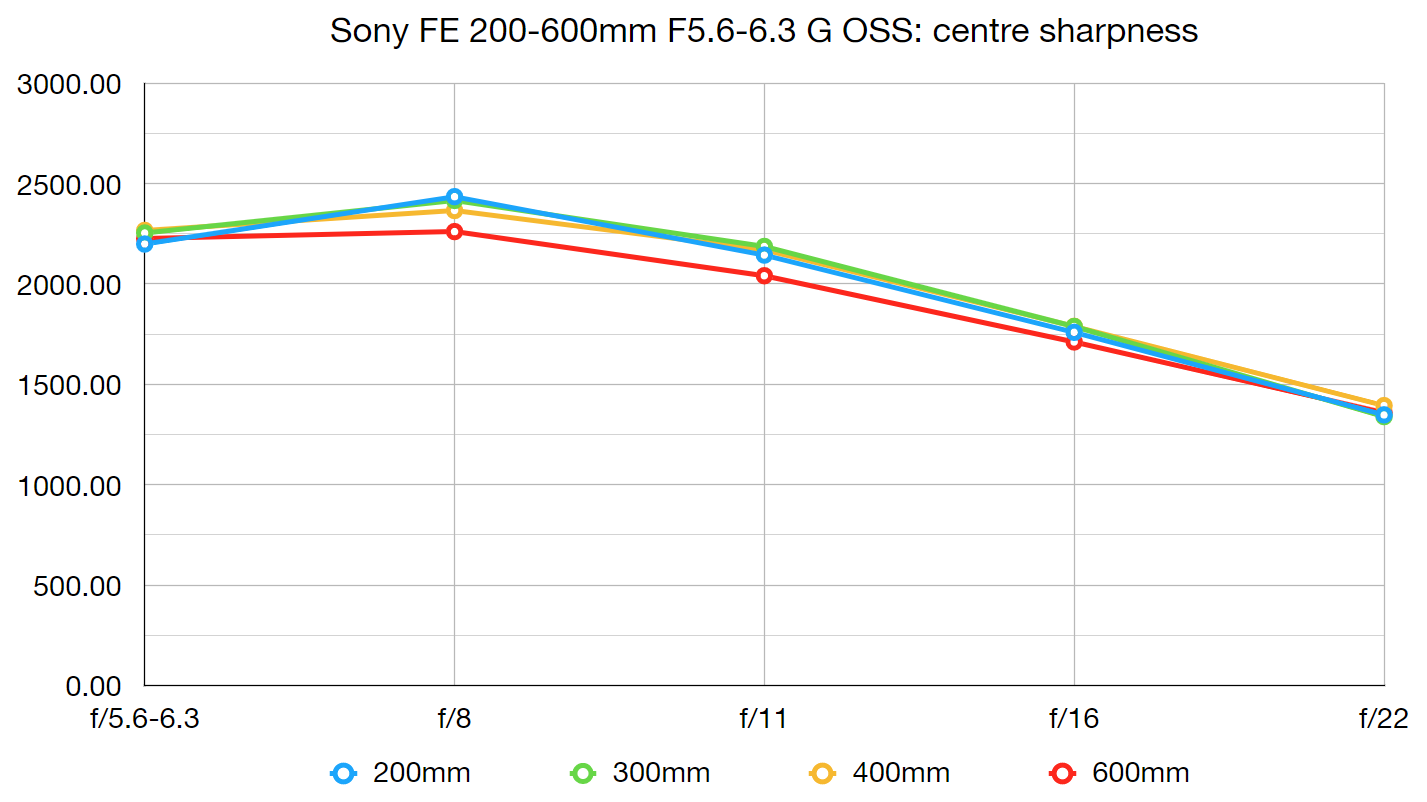
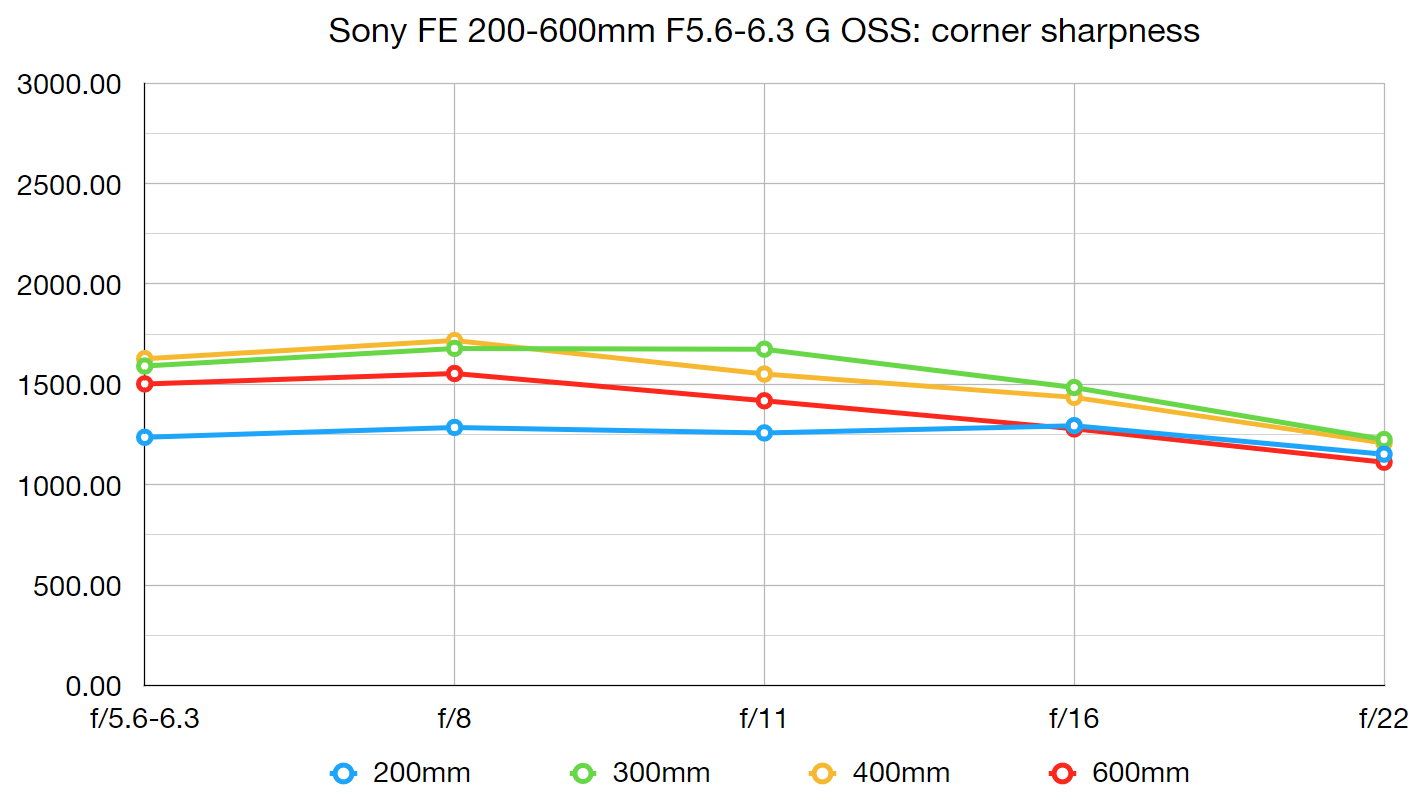
Fringing

Distortion
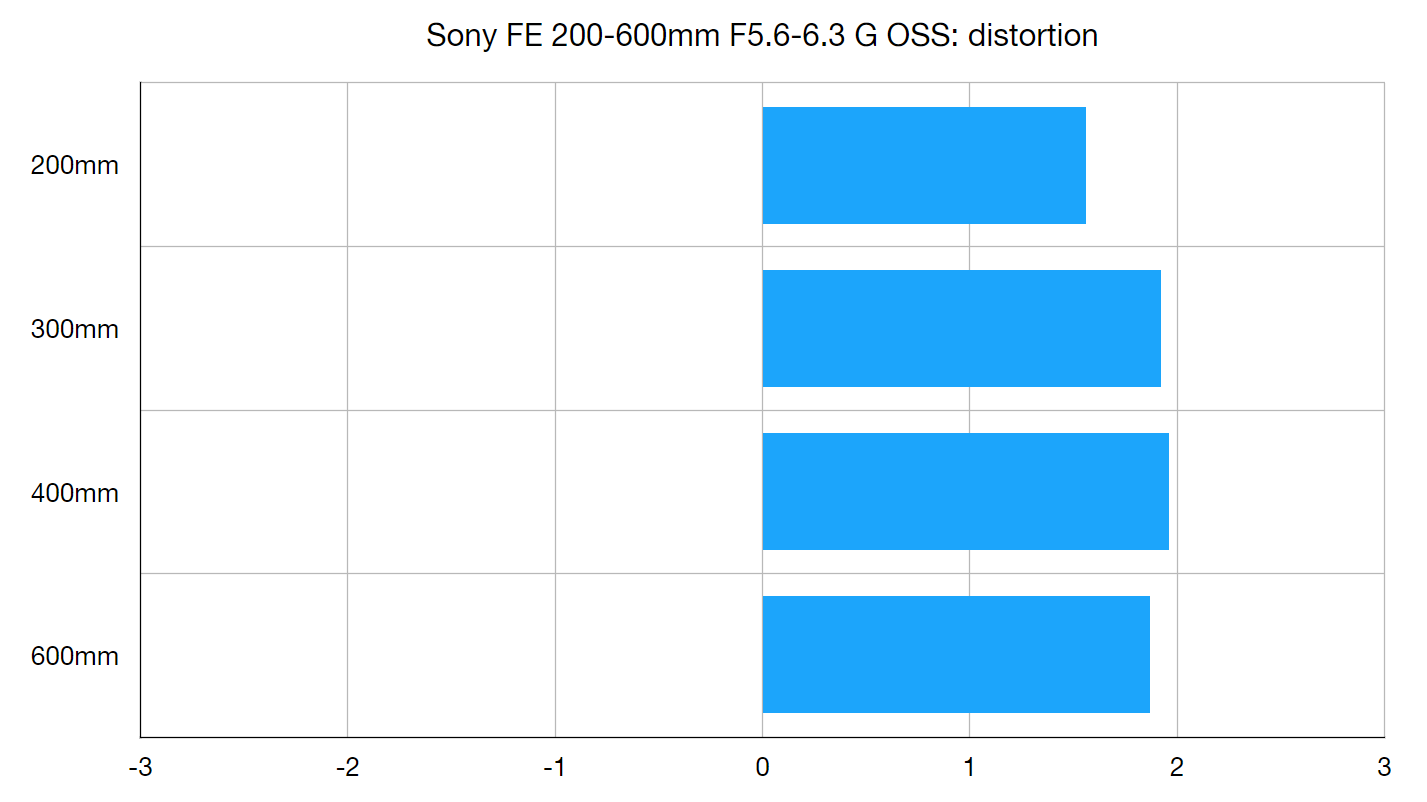
Specifications
Mount: Sony E
Elements/groups: 24/17
Angle of view: 12.5-4 degrees
Diaphragm blades: 11
Minimum aperture: f/32-36
Minimum focusing distance: 2.4m
Maximum magnification ratio: 0.2x
Filter size: 95mm
Dimensions: 112x318mm
Weight: 2,115g
Verdict
When you’re shooting wildlife, birds, aircraft or sporting action and you can’t get as close as you might like, this lens really covers the distance.
Designed for Sony’s full-frame E-mount cameras, it picks up the baton from the prestigious FE 100-400mm f/4.5-5.6 G Master OSS, extending the telephoto reach by 50 per cent, with virtually no compromise in all-round performance.
Features: 5/5
Build & handling: 5/5
Image quality: 5/5
Value: 4.5/5
Overall: 5/5
If you'd like to add the Sony FE 200-600mm f5.6-6.3 G OSS Lens to your gear you can find it currently on offer at these various outlets:
Wex
Harrison Cameras
B&H Photo
Adorama
Read more
Matthew Richards is a photographer and journalist who has spent years using and reviewing all manner of photo gear. He is Digital Camera World's principal lens reviewer – and has tested more primes and zooms than most people have had hot dinners!
His expertise with equipment doesn’t end there, though. He is also an encyclopedia when it comes to all manner of cameras, camera holsters and bags, flashguns, tripods and heads, printers, papers and inks, and just about anything imaging-related.
In an earlier life he was a broadcast engineer at the BBC, as well as a former editor of PC Guide.

